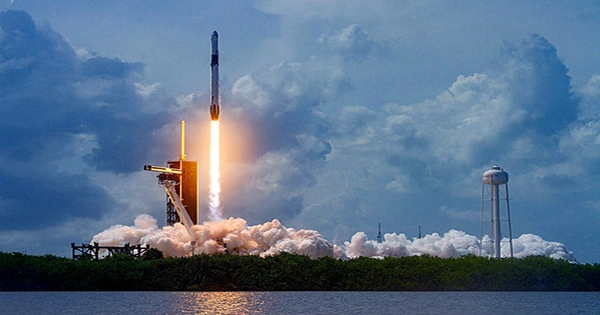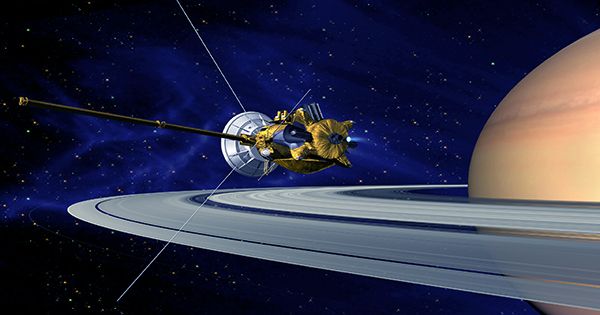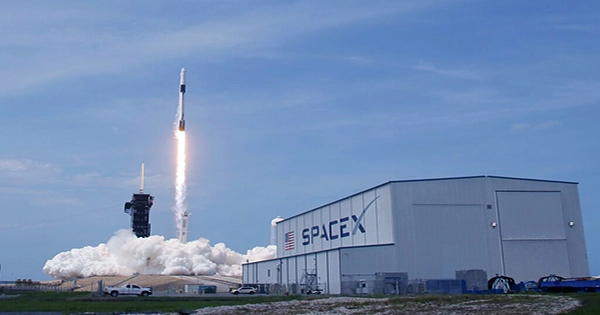Rocket Lab used a helicopter to successfully catch a rocket falling from orbit. The astounding achievement is a new approach to prevent rockets from crashing into the water, hitting the land, or just burning up in the sky. The launch was postponed for a few days, but it finally lifted off on May 2 at 18:49 ET from New Zealand’s Mahia Peninsula. The expedition was titled “There and Back Again” in honor of The Hobbit, to promote the company’s ties to the Southern Hemisphere country. Because of Peter Jackson’s films, the universe envisaged by Tolkien has become associated with New Zealand.
The rocket was launched into orbit and delivered 34 satellites before a reaction control system positioned it at the perfect angle to land without burning. A drogue parachute was deployed by the booster rocket to steady the descent before a bigger parachute was deployed to slow the rocket down. The rocket was subsequently intercepted by a hook from Rocket Lab’s Sikorsky S-92 helicopter at a height of around 2 kilometers (6,500 feet). Once there, the pilot noticed load characteristics that differed from the test and maneuvered the rocket to ensure a successful splashdown. The rocket is being transported to the company’s production site for testing, with the hope that it will be ready to launch on schedule.

In a statement, Rocket Lab founder and CEO Peter Beck remarked, “Bringing a rocket back from orbit and capturing it with a helicopter is something of a supersonic ballet.” “A huge number of things have to line up perfectly, and many systems have to operate flawlessly, so I’m immensely happy of our Recovery Team and all of our engineers for making this mission and our first catch a success.” From here, we’ll examine the situation and decide what modifications to make to the system and processes in preparation for the next helicopter catch and eventual re-flight.” Rocket Lab has another launch scheduled for later this month, but no word yet on whether another helicopter capture will take place.
May 2, 2022, Long Beach, California: Rocket Lab (Nasdaq: RKLB), a premier launch and space systems firm, has successfully launched its 26th Electron mission, launching 34 satellites into orbit. With the Electron launch vehicle, Rocket Lab has already sent 146 satellites into orbit. For the first time, Rocket Lab captured the Electron booster in mid-flight using a helicopter during the “There And Back Again” mission. Electron’s first stage parachuted back to Earth after launching into orbit.
Rocket Lab’s Sikorsky S-92 helicopter met the returning stage at 6,500 feet and used a hook on a long line to catch the parachute line. The mid-air capture is a significant step forward in Rocket Lab’s efforts to make Electron a reusable rocket so that tiny satellites may launch more frequently and at lower prices. Following the capture, the helicopter pilot noticed different load characteristics than in prior tests and offloaded the stage, allowing for a successful splashdown. The stage is being carried into Rocket Lab’s recovery vessel for transfer back to the Company’s production facility for analysis and evaluation in preparation for a planned re-flight.
















